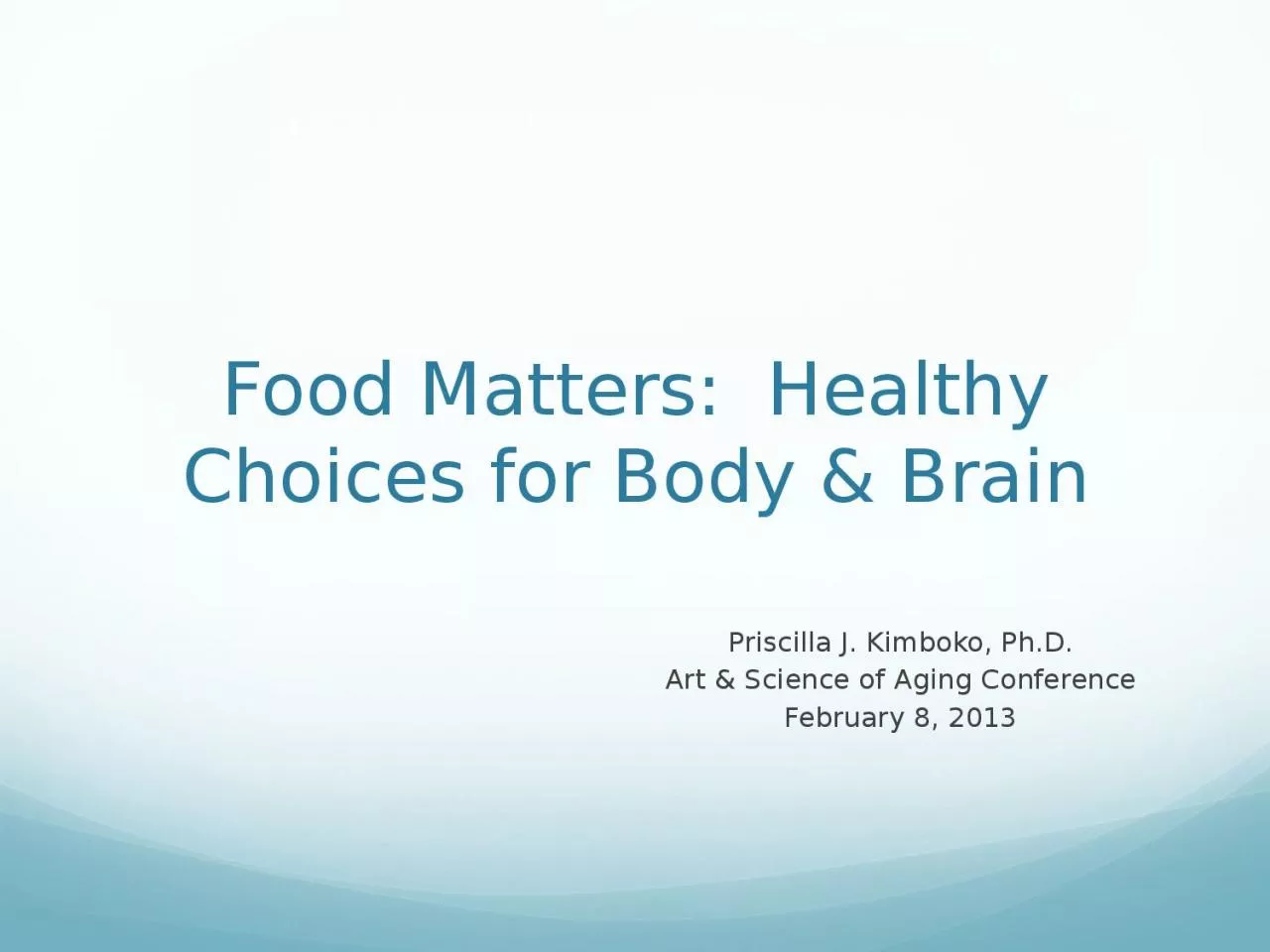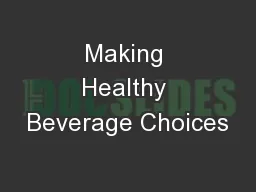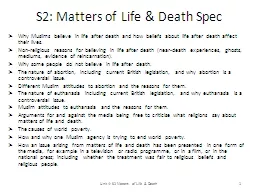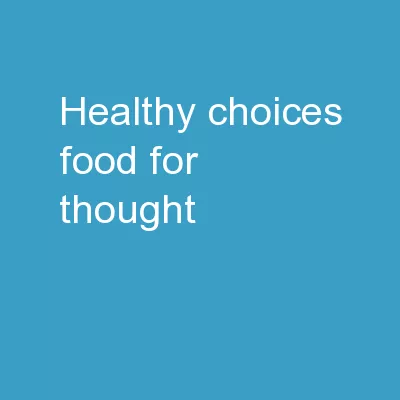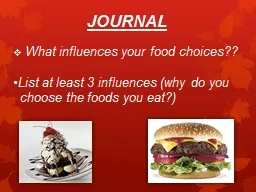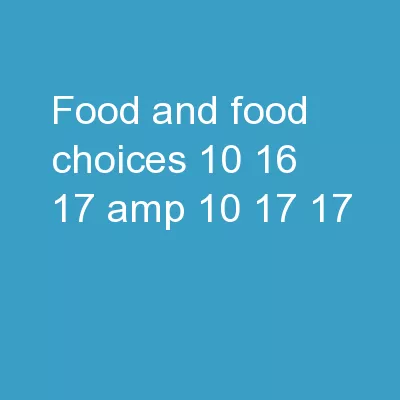PPT-Food Matters: Healthy Choices for Body & Brain
Author : obrien | Published Date : 2022-06-08
Priscilla J Kimboko PhD Art amp Science of Aging Conference February 8 2013 Tsunami of Obesity in US Obesity Statistics World Health Organization amp US DHHS NIHNIDDK
Presentation Embed Code
Download Presentation
Download Presentation The PPT/PDF document "Food Matters: Healthy Choices for Body ..." is the property of its rightful owner. Permission is granted to download and print the materials on this website for personal, non-commercial use only, and to display it on your personal computer provided you do not modify the materials and that you retain all copyright notices contained in the materials. By downloading content from our website, you accept the terms of this agreement.
Food Matters: Healthy Choices for Body & Brain: Transcript
Download Rules Of Document
"Food Matters: Healthy Choices for Body & Brain"The content belongs to its owner. You may download and print it for personal use, without modification, and keep all copyright notices. By downloading, you agree to these terms.
Related Documents

